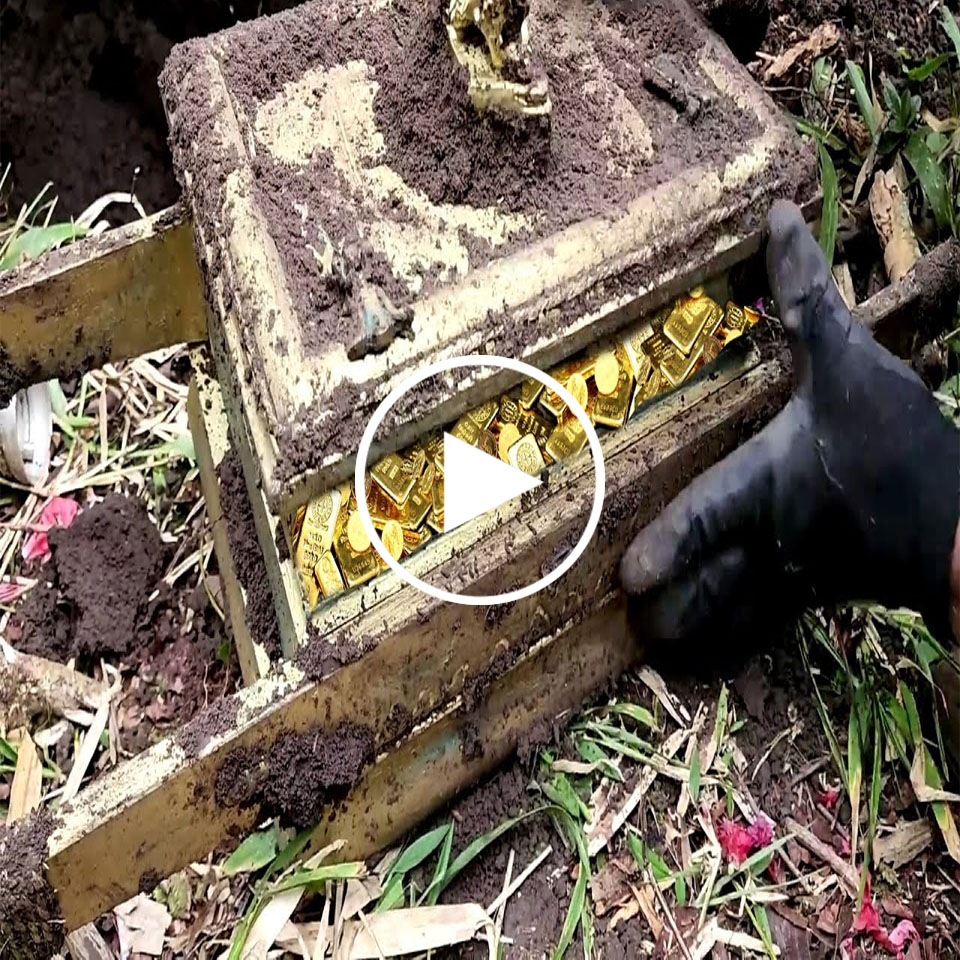Um novo estudo de placas gravadas em ardósia em forma de coruja com idade de cobre de 5.000 anos de idade sugere que elas podem ter sido brinquedos antigos feitos por crianças.
Os arqueólogos descobriram inúmeras pequenas placas em forma de coruja escondidas em túmulos, poços e fendas por toda a Península Ibérica desde o final do século XIX. No entanto, ninguém foi capaz de concordar completamente sobre o que esses pequenos tesouros de ardósia podem ter representado por muitos anos.
Alguns afirmam que eram artefatos religiosos, possivelmente servindo a uma função simbólica para seus criadores. Outros suspeitavam que eles eram ídolos de deusas rezados em tempos de angústia. Outros argumentaram que as réplicas de corujas foram feitas em homenagem aos mortos, e não como objetos místicos.
Agora, Juan José Negro e seus colegas reexaminaram essas interpretações e sugerem, em vez disso, que essas placas de coruja podem ter sido criadas por jovens com base em espécies de corujas regionais e podem ter sido usadas como bonecas, brinquedos ou amuletos.

On the right is one of the owl plaques picked up by scientists on the Iberian peninsula. On the left, of course, is a real-life owl. Scientific Reports On a scale of one to six, the authors graded 100 plaques according to how many of six owl characteristics they exhibited, including two eyes, feathery tufts, patterned feathers, a flat facial disk, a beak, and wings. The authors found many similarities between 100 contemporary owl drawings made by kids between the ages of four and thirteen and these plaques. Owl drawings more closely resembled owls as children aged and became more skillful.
“Owl engravings could have been executed by youngsters, as they resemble owls painted today by elementary school students,” the study authors write. “This also suggests that schematic drawings are universal and timeless.”
Many of the plaques have two holes at the top, which the team believes makes threading string through them to hang them as ritual objects impractical. Instead, Juan José Negro speculates that the holes were used to insert feathers, representing the feathered tufts, similar to ears, that some owl species in the area have on their heads, such as the long-eared owl or Asio otus.

Various owl relics dating back thousands of years. In total, scientists estimate 4,000 of these relics have been located to date. Photo: Scientific Reports “If stone toys were made at the end of the stone age, metal tools in subsequent periods surely made easier the carving of wood figurines, which would hardly leave any traces in the archaeological records,” the authors write.
“Similarly, skin or textile pieces would disintegrate quite rapidly. Therefore, owl-like objects made in stone provide perhaps one of the few glimpses to childhood behavior in the archaeological record of ancient European societies.”
The researchers speculate that children may have used their owl toys as pieces of a larger game similar to Monopoly’s shoe, car, and thimble, except that each child may have had a special plaque.
That uniqueness might explain why some of the models were found in tombs. Children who passed away may have been interred with their small, inanimate companion, or at the very least, adults may have considered the figurines significant enough to be used in funeral rites for sentimental reasons.
Isso explicaria por que algo feito de ardósia – um material abundante na época – seria usado para práticas funerárias onde pedras preciosas opulentas e ouro eram tipicamente usados.
Outra hipótese é que as relíquias da coruja poderiam ser caracterizadas como bonecas. Algumas das placas pareciam pintadas e revestidas com tecidos.
Fonte: https://2st.qirdar.com





